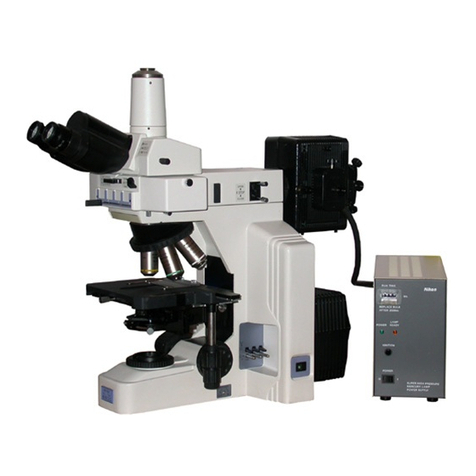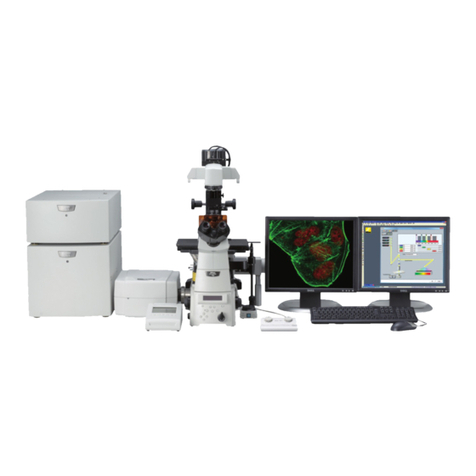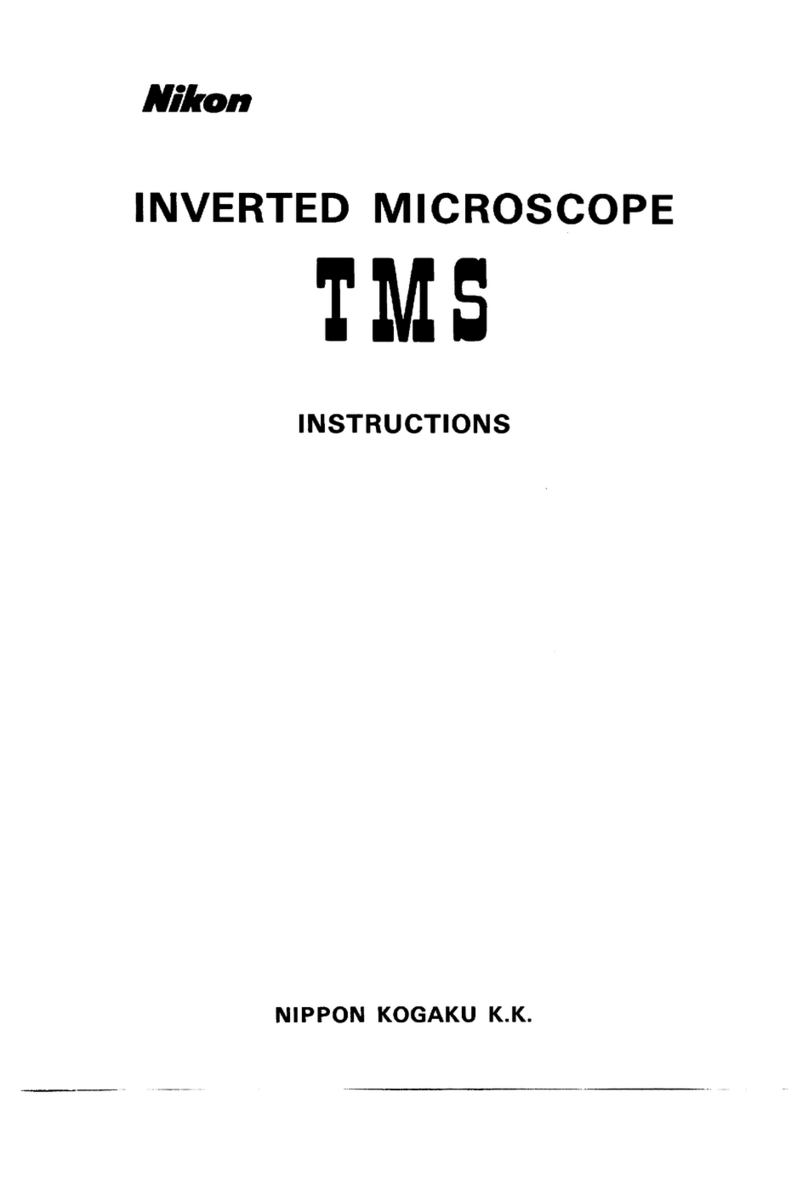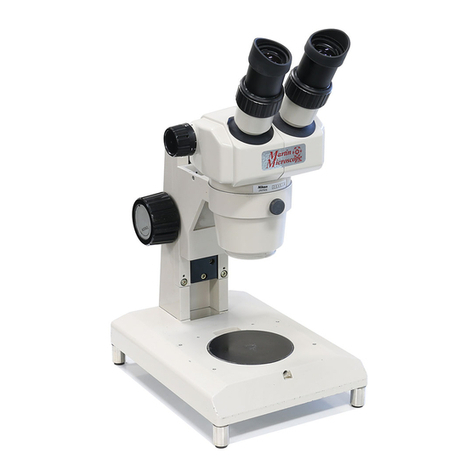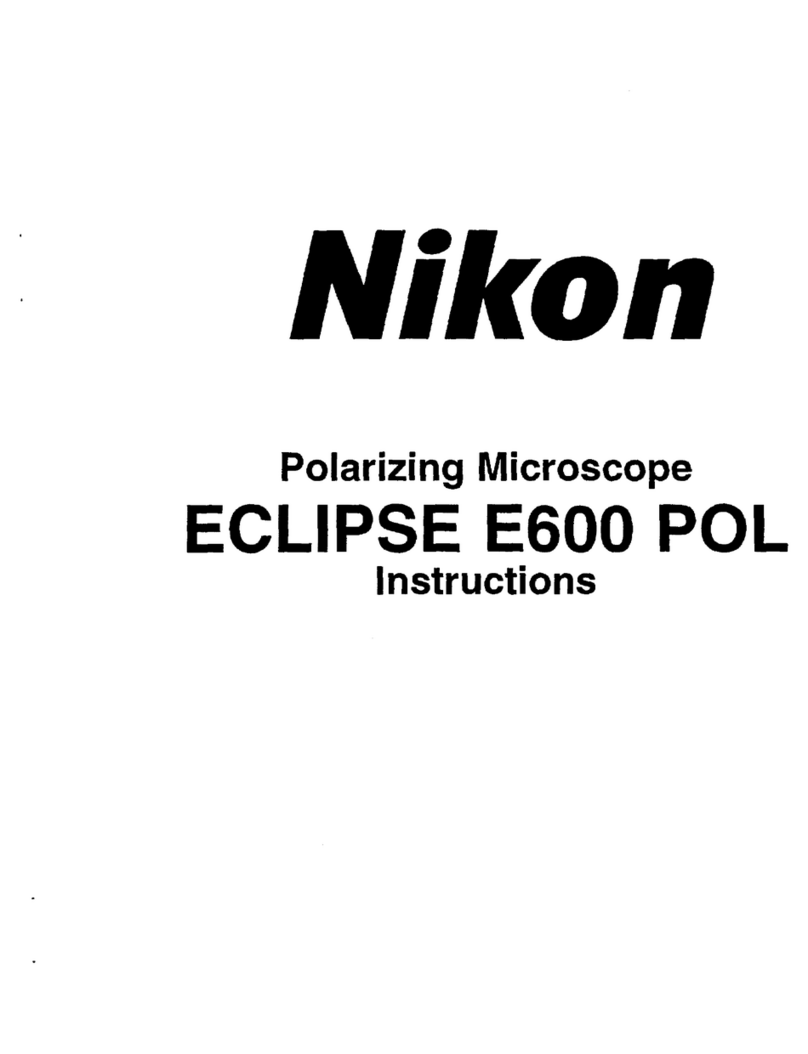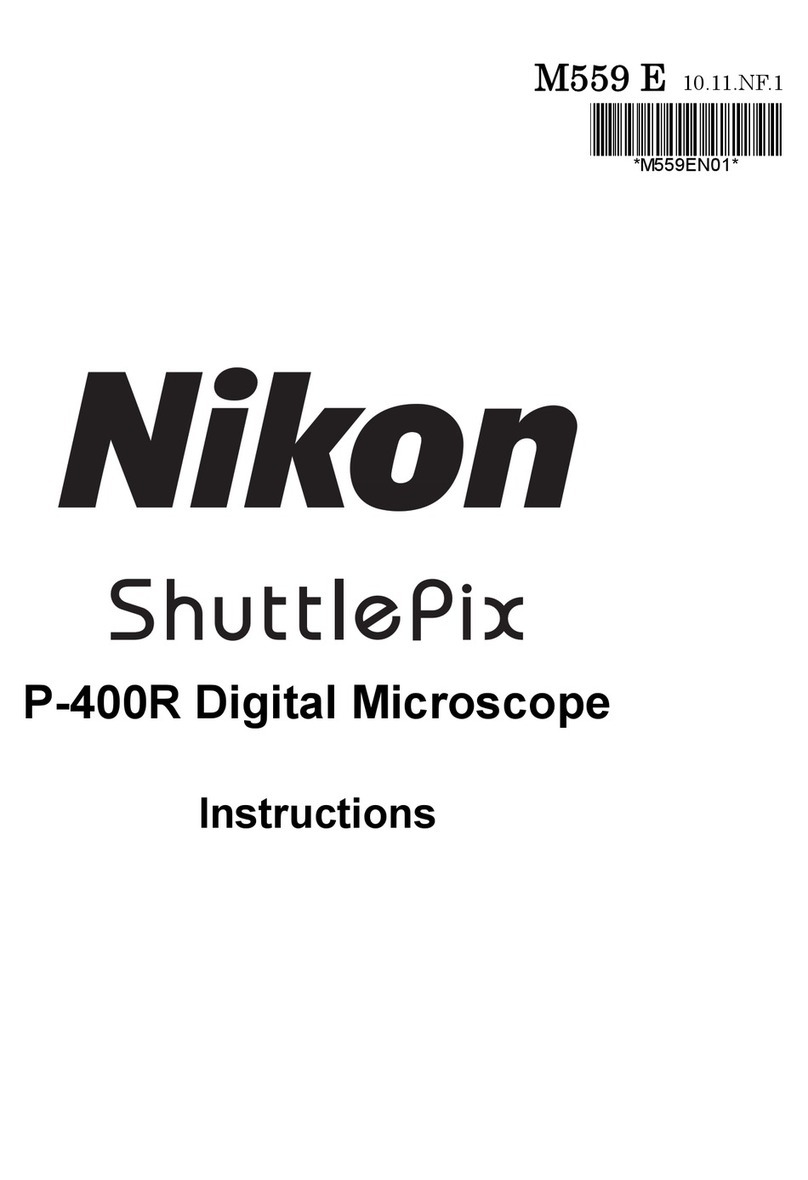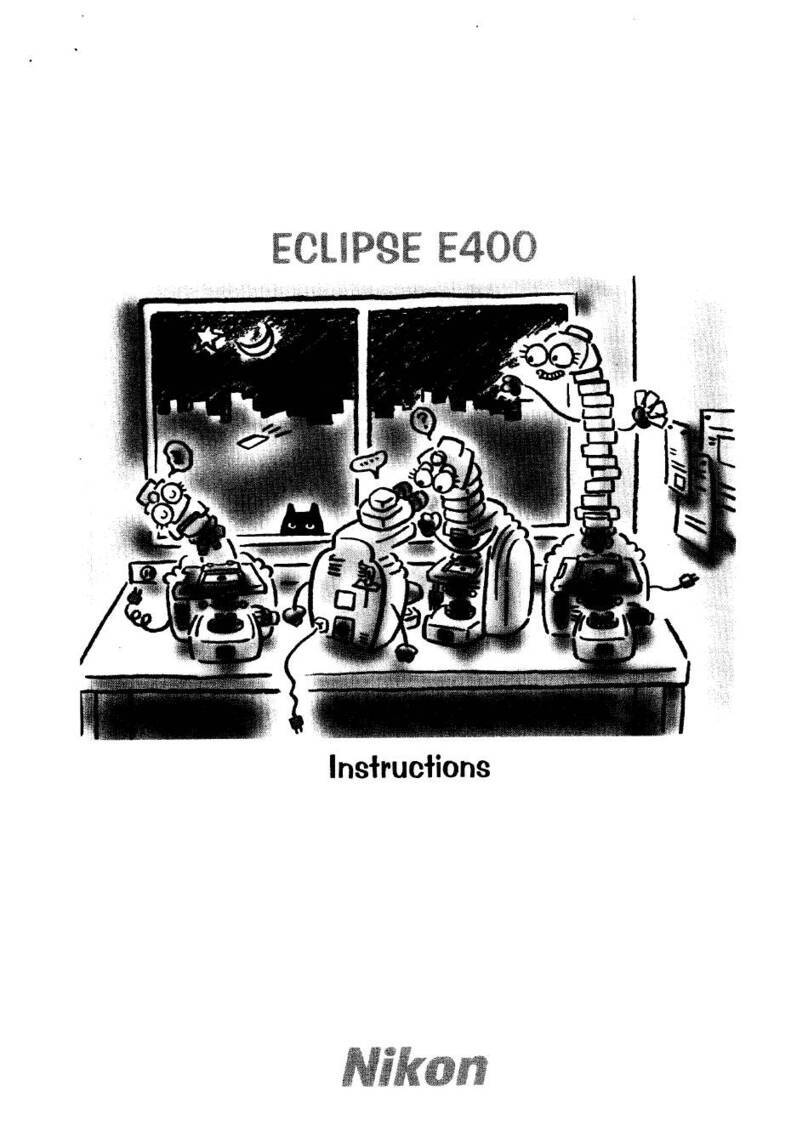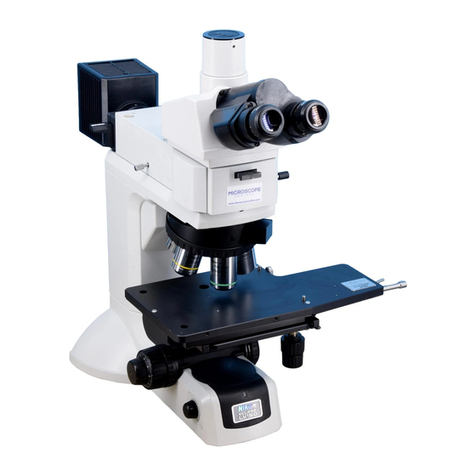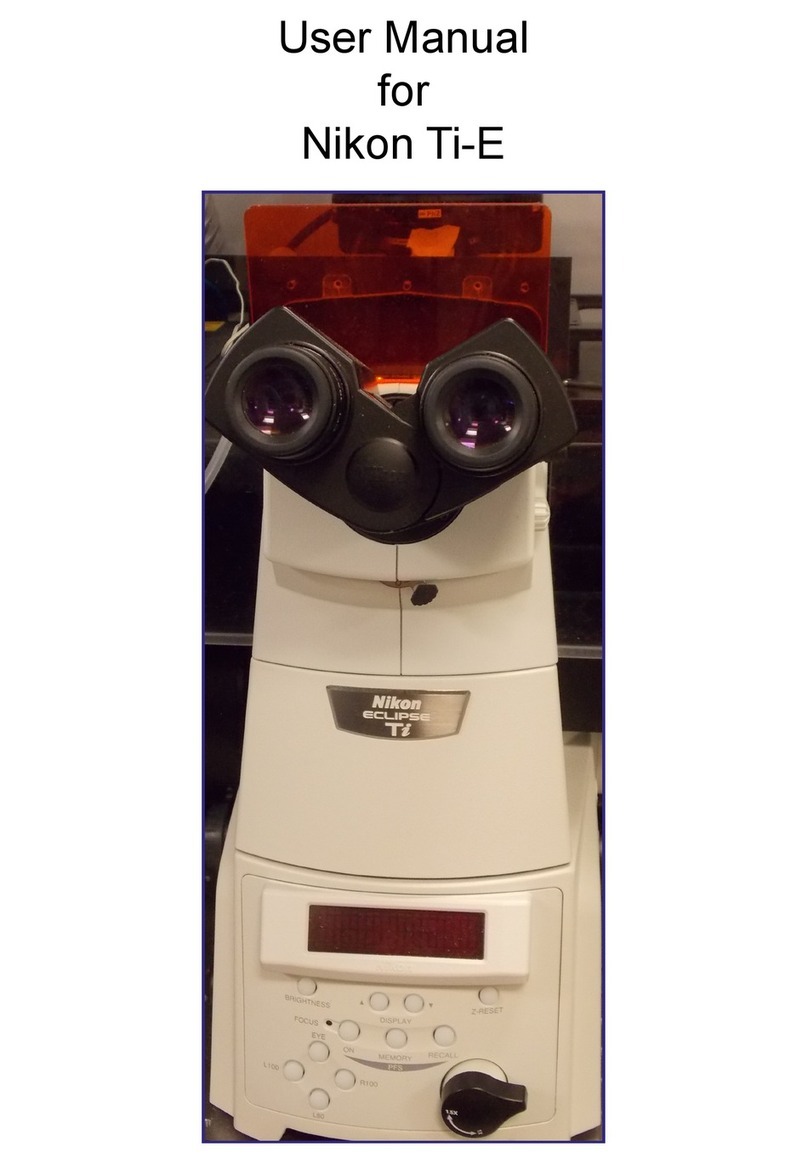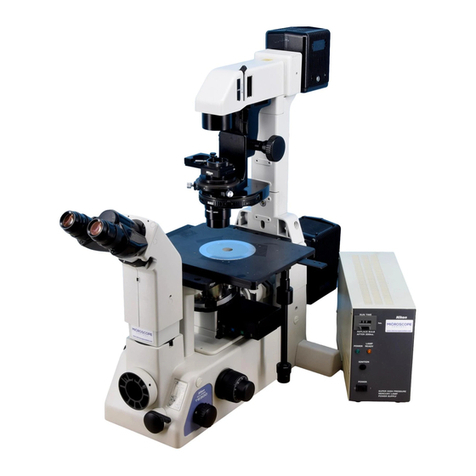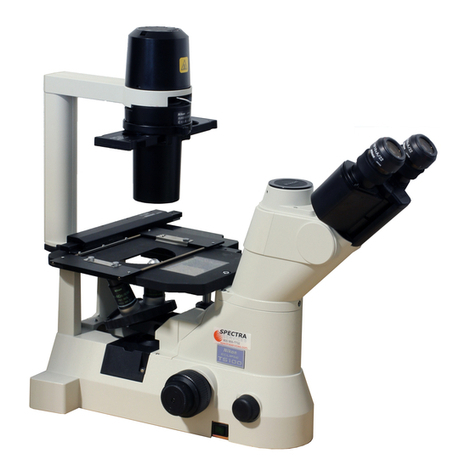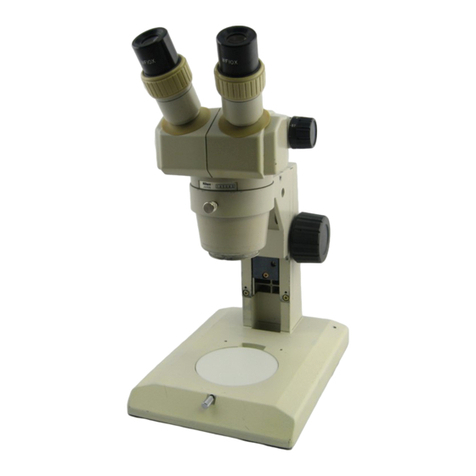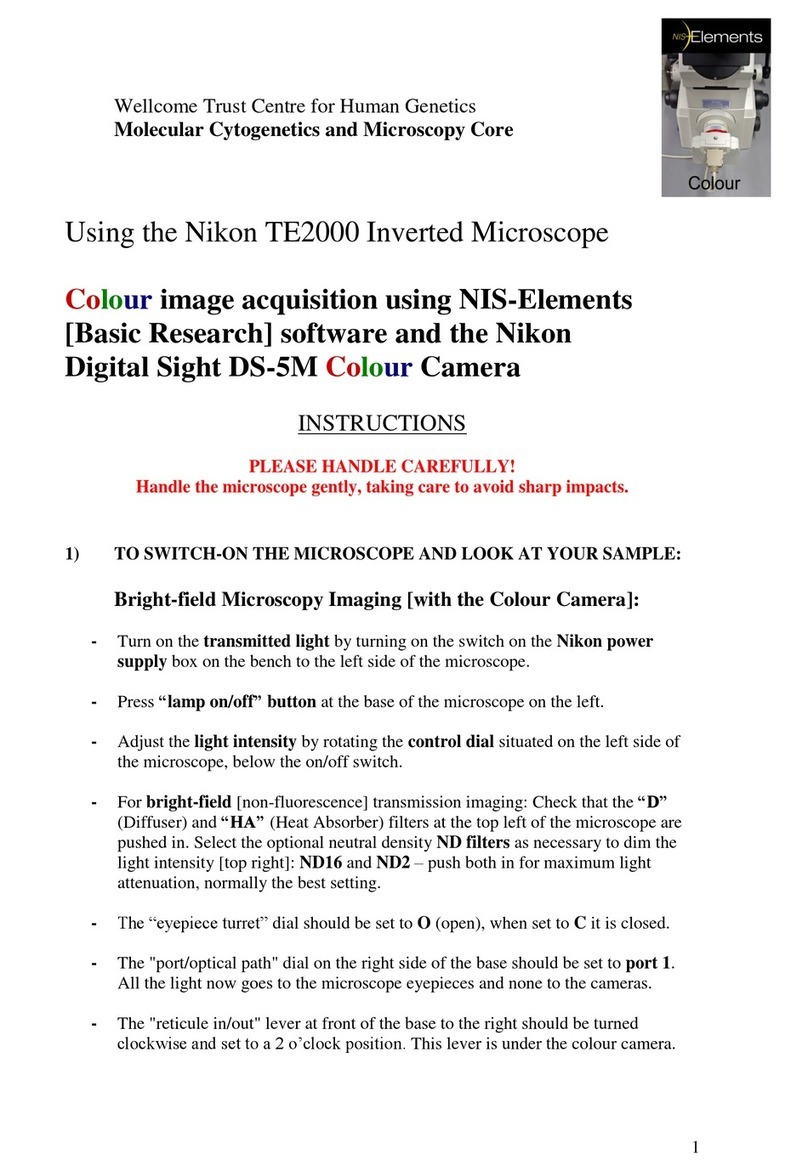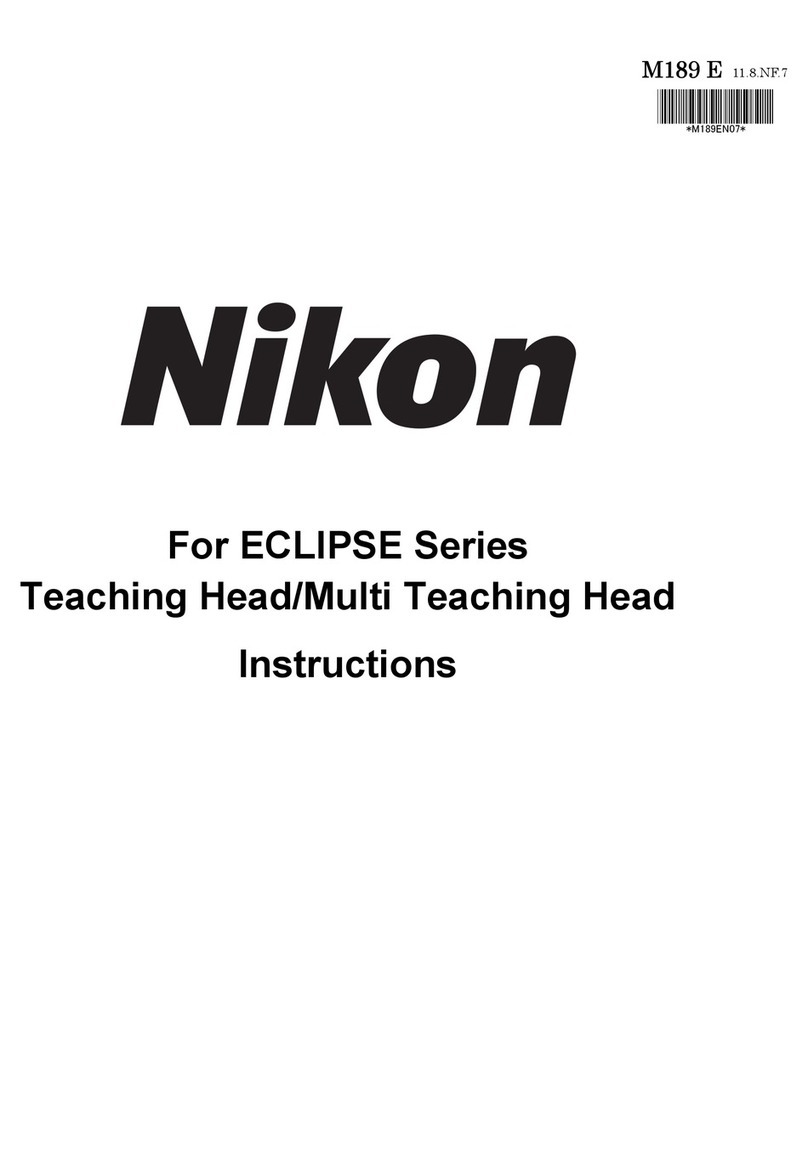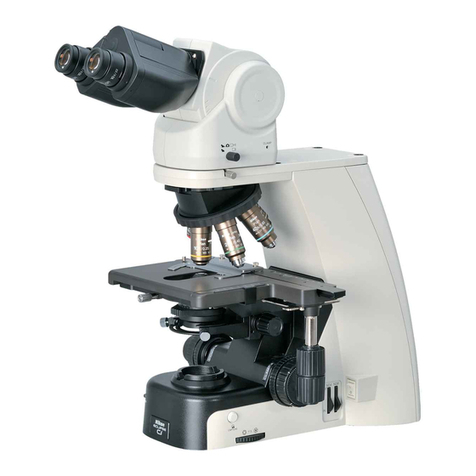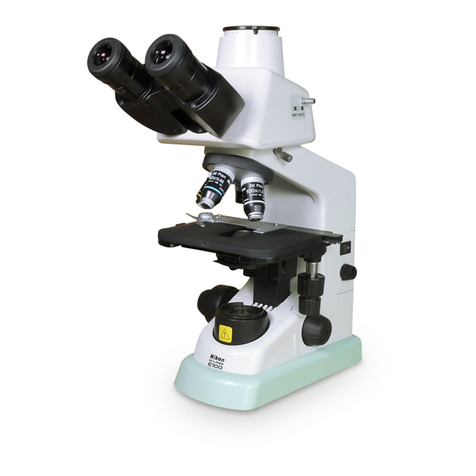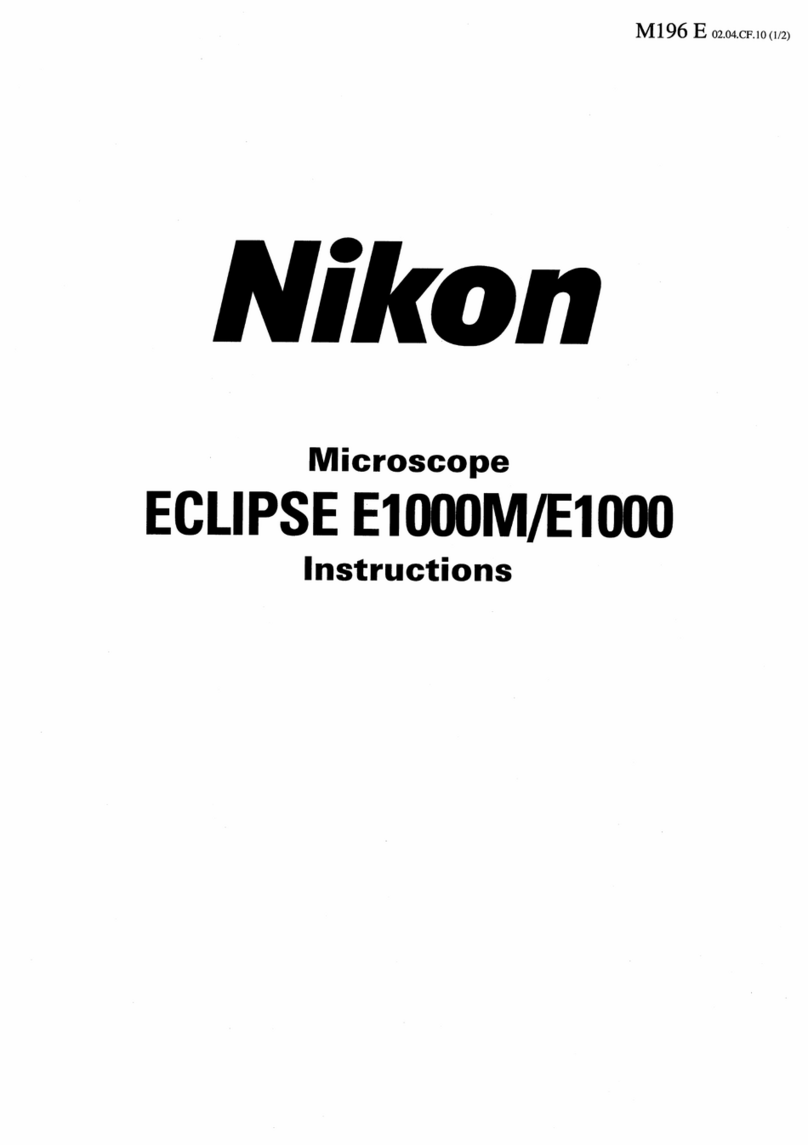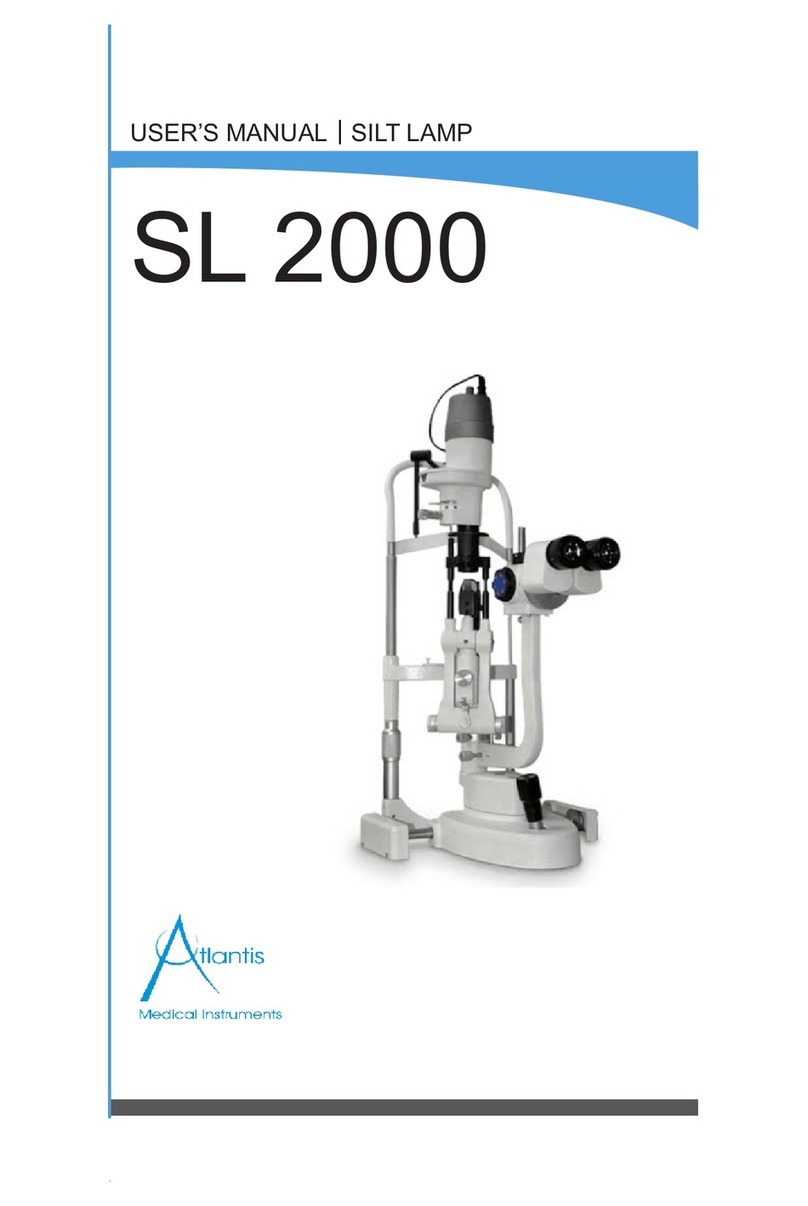
Warning/Caution
Symbols
Used
in
This
Manual..........................
1
Be
sure
to
always
follow
these
guidelines.
...........0...0.0..
ee
2
AX
“WARNING
orinar
onl
deeded
eatin
E
2
A
CAUTION
oni
dG
elects
aapectesndl
ene
henteeniedensseentets
3
FẸ
Nomenclature
oo...
ecccsseeeeccccseeeeceessseeceesenessesssnneesesnneeesessaeessans
8
D
Assembly.
nncocsmusiapaetie
eeeeko
nen
antioeame
10
M
Ussg
esc
ces
eyo
neo
ani
an
eke
eaten
ay
12
t
Preparations
For
Observation
........cccccsseceseseseeeeereeeeseeeteneeeeetees
12
1.
Adjust
the
torque
of
the
focus
Knob.
.........
ccc
ete
erent
12
2.
Adjust
the
interpupillary
distance.
«0.0.0...
reer
12
3.
Adjust
the
diopter.
20...
ccccssecseeseneeectetseneeectereeeerieteeaeeees
12
2.
Focusing:
miroo
hie
EA
Ee
aE
EEE
A
epee
tee
eens
13
1.
Check
the
working
distance.
.......ssssseserssesessssreressessnsereessrsees=t
13
2.
Focus
on
the
samplëscscsenicnssipiurerousiiiniii
n
13
8.
ZOOM.
6
etaee
Glia
ian
sane
eee
hema
miele
14
1.
Change
the
zooming
magnification,
........ccccce
eerste
14
4
Diaphragm
retine
n
r
e
EE
E
alae
14
5
If
You
Cannot
Focus
On
The
Sample
Though
The
Zooming
Body
Is
At
The
Highest
Position.
..........cccceeeseeeeereeteneeerteees
15
Using
Accessories
.............
cece
eeccesseeesessenteeesssneeesessneneressseeeeesne
16
To
Ree
Erain
vie
heiress
gp
iets
Te
Heats
16
2
Eyepiece
Tube
oo.
iaei
i
oegi
a
a
pa
iiS
16
1.
P-BTL
low
eye-level
eyepiece
tube
....asessssessersrererererrreeerer
16
2.
P-BERG
tilted
eyepiece
tube
........
cece
eee
sete
eeteeneeeeetnererenes
17
3
PIER
Eyelevel
Riser...
esseeereseseresesereneeeseeeeneneneneney
17
4
SM-S4L
4
X
4
Stage
Lone
cscs
a
R
18
UMRAO
4
jexsscrcaes
nc
ots,
ice
iat
Ee
E
ecto
E
19
1
Halogen
Tluminators
.....s.s.seessesesessesisrererreretereresrererreresinresteneseten
19
l-
LAMP
eeceasinakecan:
Da
sth
Seah
de
dea
E
techies
anita
20
2.
Attaching
to
the
stand
wc...
cece
eeeeneeee
ene
eteeneeneeneeeesee
21
3.
Power
supplieSecsscesiiseenuiacs
anina
22
4.
Lighting
area
adjustment
[G-LS]
.......
eee
24
5.
Attaching
filters
[C-DSLS]
.......
cece
seteeteeeneteeteetereeees
24
2
P-ICI2
Coaxial
Episcopic
Wluminator
...........
cece
24
